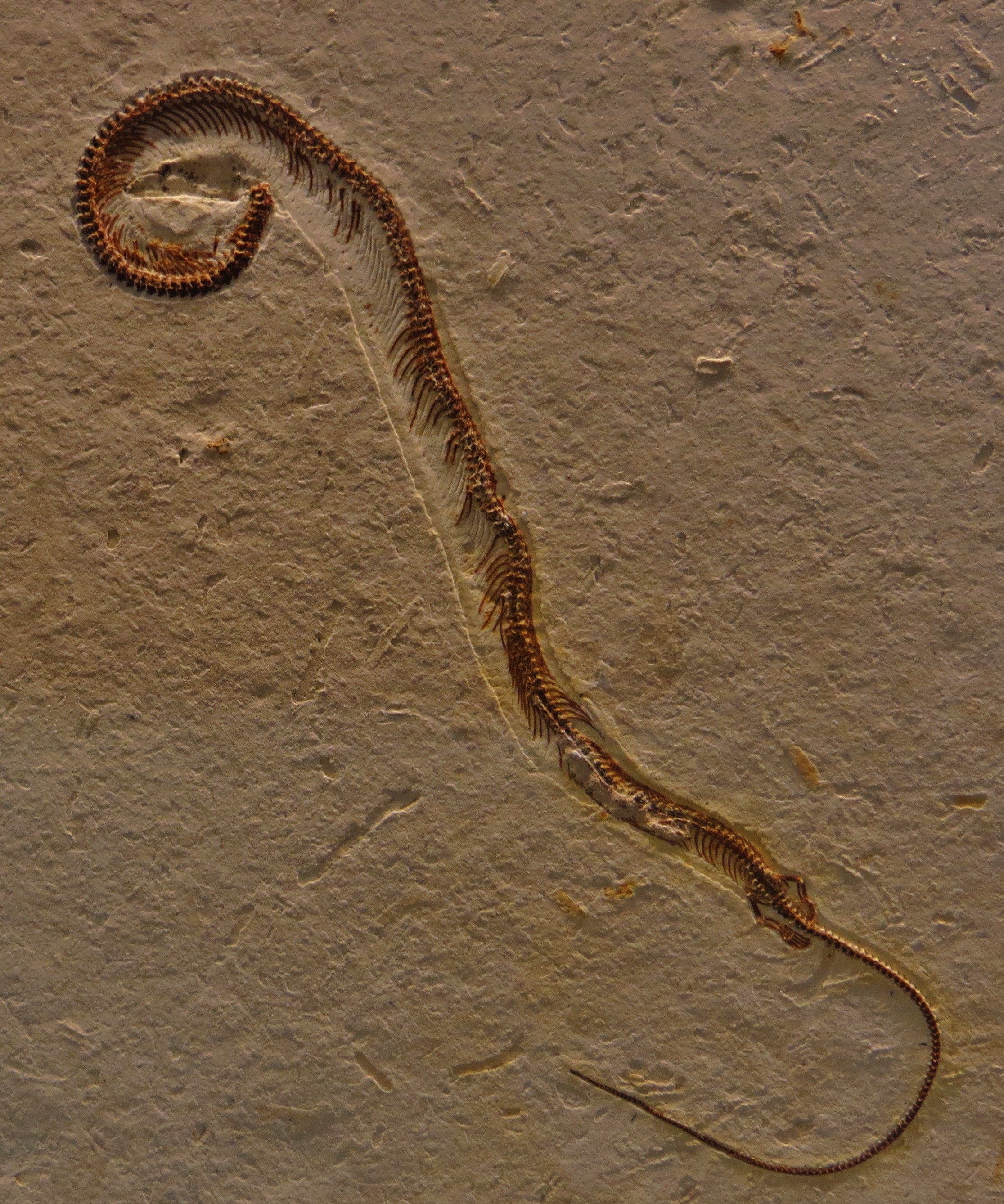|
Lepidosauria
The Lepidosauria (, from Greek meaning ''scaled lizards'') is a subclass or superorder of reptiles, containing the orders Squamata and Rhynchocephalia. Squamata includes snakes, lizards, and amphisbaenians. Squamata contains over 9,000 species, making it by far the most species-rich and diverse order of reptiles in the present day. Rhynchocephalia was a formerly widespread and diverse group of reptiles in the Mesozoic Era. However, it is represented by only one living species: the tuatara (''Sphenodon punctatus),'' a superficially lizard-like reptile native to New Zealand. Lepidosauria is a monophyletic group (i.e. a clade), containing all descendants of the last common ancestor of squamates and rhynchocephalians. Lepidosaurs can be distinguished from other reptiles via several traits, such as large keratinous scales which may overlap one another. Purely in the context of modern taxa, Lepidosauria can be considered the sister taxon to Archosauria, which includes Aves (birds) and ... [...More Info...] [...Related Items...] OR: [Wikipedia] [Google] [Baidu] |
Rhynchocephalia
Rhynchocephalia (; ) is an order of lizard-like reptiles that includes only one living species, the tuatara (''Sphenodon punctatus'') of New Zealand. Despite its current lack of diversity, during the Mesozoic rhynchocephalians were a diverse group including a wide array of morphologically distinct forms. The oldest record of the group is dated to the Middle Triassic around 238 to 240 million years ago, and they had achieved a worldwide distribution by the Early Jurassic. Most rhynchocephalians belong to the group Sphenodontia ('wedge-teeth'). Their closest living relatives are lizards and snakes in the order Squamata, with the two orders being grouped together in the superorder Lepidosauria. Many of the niches occupied by lizards today were held by sphenodontians during the Triassic and Jurassic, although lizard diversity began to overtake sphenodontian diversity in the Cretaceous, and they had disappeared almost entirely by the beginning of the Cenozoic. While the modern tuat ... [...More Info...] [...Related Items...] OR: [Wikipedia] [Google] [Baidu] |
Lepidosauromorpha
Lepidosauromorpha (in PhyloCode known as ''Pan-Lepidosauria'') is a group of reptiles comprising all diapsids closer to lizards than to archosaurs (which include crocodiles and birds). The only living sub-group is the Lepidosauria, which contains two subdivisions, Squamata, which contains lizards and snakes, and Rhynchocephalia, the only extant species of which is the tuatara. Lepidosauromorphs are distinguishable from archosauromorphs (reptiles closer to archosaurs) by their primitive sprawling gait (allowing for the same sinusoidal trunk and tail movement seen in fish), the sliding "joint" between the coracoids and the sternum (for a longer stride), and their pleurodont dentition. In contrast, Archosauromorphs possess a parasagittal gait, a reduction in their dermal girdle, a reduction and/or loss of the sternum, and a more thecodont dentition. Living lepidosauromorphs have retained an ectothermic (" cold blooded") metabolism, unlike the ancestral condition in archosauromorphs ... [...More Info...] [...Related Items...] OR: [Wikipedia] [Google] [Baidu] |

_601758.jpg)